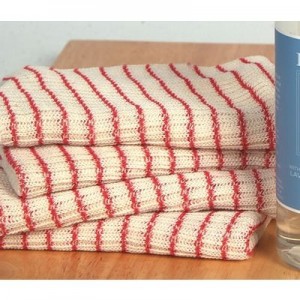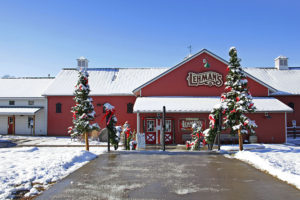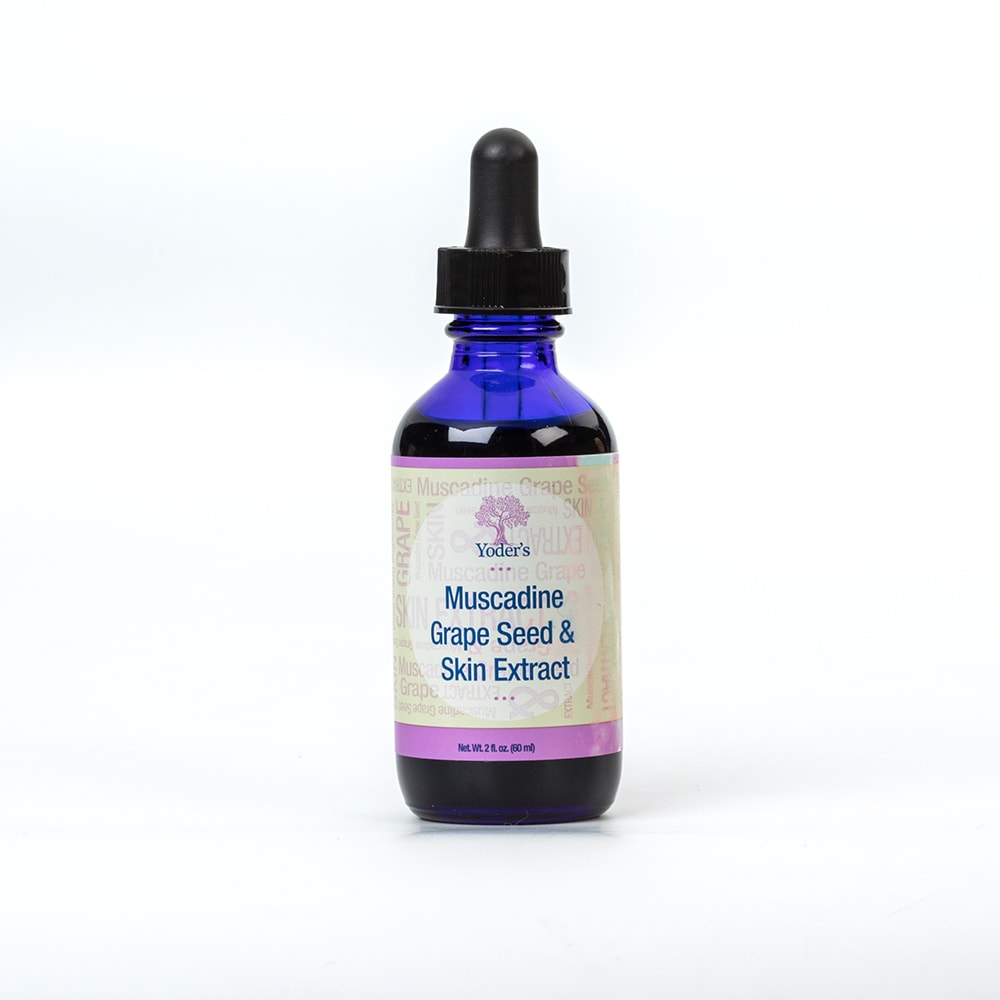
When I first moved to the South and heard somebody talking about “Scuppernongs” and “Muscadines”, I immediately assumed the funny words I was hearing were the product of the foreign-to-me accent I still wasn’t accustomed to. What are they trying to say? I wondered. It wasn’t until much later, when I actually saw the words written somewhere, that I realized these were the actual names of a variety of grapes native to the Southeast US.
The weather’s been mild where we are, in the upper South, so we’re just finishing our Scuppernong and Muscadine harvest. They’re not hard to grow.
One of the first fruits we planted here on our homestead were Scuppernong grapes. We love them because they are particularly hardy, and grow well in our poor red clay soil. Scuppernongs are actually the “white grape” of the Muscadine family. Muscadines are typically a very deep shade of purple.As the grapes grow in the warmer weather, the birds don’t seem to bother our vines much. The only pests we really have any trouble with are June Bugs (also known as Japanese Beetles). Every summer our vines are plagued with them. While they don’t do much damage to the fruits, they feast on grape leaves and can cause serious damage to plants. You can buy non-toxic traps to catch these beetles in, though we usually just pick them off by hand.
One of my greatest joys is watching my children under the loaded summer vines, picking and eating to their heart’s content. They’ve learned how to split the thick skins open, suck out the sweet juicy flesh, and spit the seeds like pros. I like to eat a little of the tangy skins knowing they’re loaded with vitamins.
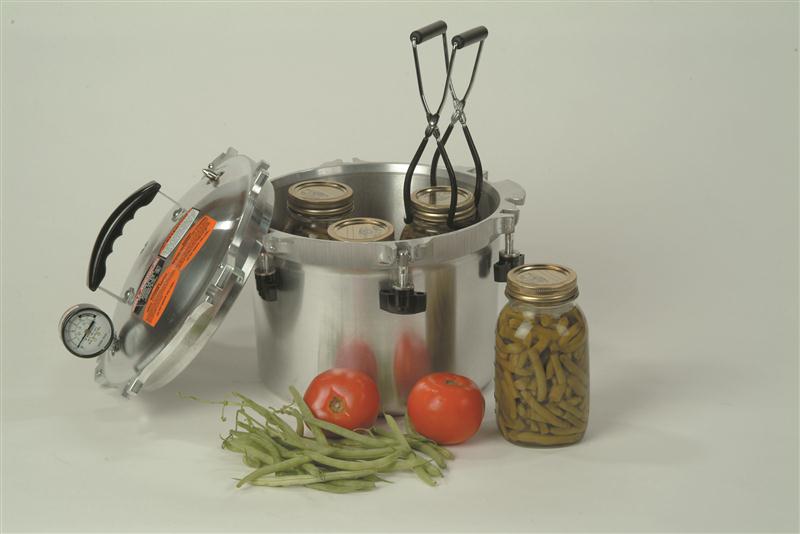
Our favorite way to use our grapes, other than eating them fresh, is to make juice or jelly with them. Muscadine juice is super easy to make in a pressure canner, and tastes fresher than any grape juice you’ll ever find in the store.
Muscadine Juice- Canning Recipe
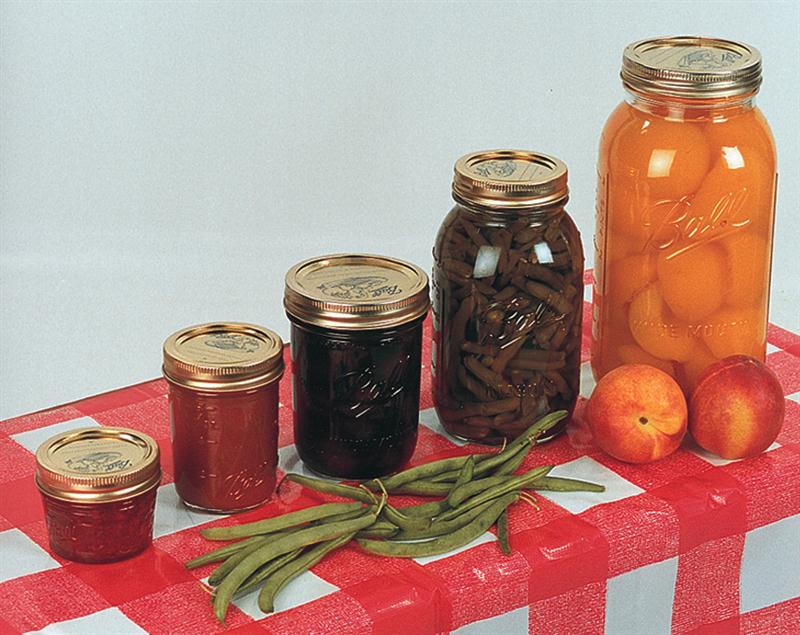
Ingredients per Quart Jar:
- 1/3 c. sugar
- 1 1/3 c. grapes
- boiling water
Wash grapes. Put sugar and grapes in jar. Fill jars with boiling water. Pressure can jars for 5 min. at 5 lbs.
The fruits of these vines aren’t the only edible part. Grape leaves also have many nutritious uses. I use our Scuppernong leaves in my fermented pickles recipe. You can also stuff grape leaves with various ingredients to make a tasty appetizer.
If you’ve never tried them, and they grow in your region, I’d highly recommend that you get your hands on some Muscadines and Scuppernongs next Summer. And if you have a sunny place in your yard, why not plant a few vines? Plan now, and make a spot–fall is the perfect time to get them in the ground, so you have plenty of time.
It takes a couple of years for new vines to get established and start producing, but once they do you’ll have more grapes then you know what to do with!
Do you grow Muscadines or Scuppernongs? What’s your favorite way to use them?

